A poor physical environment means workers are exposed to unpleasant, poor quality or hazardous working environments or conditions.
It is more than the office being a little chilly first thing on a cold morning. A poor physical environment becomes a psychosocial hazard when it is severe (e.g. very poor or hazardous), prolonged (e.g. poor long term) or frequent (e.g. often poor).
Poor physical environments may include:
- performing hazardous tasks (e.g. work at heights)
- working in hazardous conditions (e.g. near unsafe machinery or hazardous chemicals)
- doing demanding work while wearing uncomfortable PPE or other equipment (e.g. PPE is poorly fitted, heavy, or reduces visibility or mobility)
- conditions that affect concentration (e.g. high noise levels, uncomfortable temperatures or poor lighting)
- unpleasant conditions such as poorly maintained amenities, unpleasant smells or loud music
- working with poorly maintained equipment (e.g. equipment that has become unsafe, noisy or started vibrating), and
- work-related accommodation that causes fatigue (e.g. conditions are noisy, uncomfortable or stop workers getting enough sleep).
Identifying and assessing the risks of a poor physical environment
You must identify if psychosocial hazards, including a poor physical environment, are present in your workplace.
- Consult workers. Workers may talk about hazards in different ways. For example, they may say they feel stressed, worried, afraid, uncomfortable or distracted. They may raise concerns about possibly injuries, fatigue or things going wrong.
- Use surveys or tools: Using surveys or tools can improve staff engagement. For example, they can allow for anonymous responses, make consultation easier for businesses which are large or who have multiple locations, allow for workers more time to consider questions, and provide greater accessibility to workers.
- Observe work and behaviours. For example, workers not wearing PPE may be a sign it isn’t fitted properly or you may be able to observe physical hazards such as noisy plant in the workplace.
- Review available information. For example, records of overtime, time off, injuries, incidents or workers’ compensation.
- Have a way for workers to report and encourage reporting. Treating workers’ concerns seriously and respectfully will help encourage reporting.
- Identify other hazards present and consider them together. Hazards can interact and combine to create new, changed or higher risks. For example, a poor physical environment may create a higher risk in workplaces with high job demands because workers are distracted or in a hurry.
- Consider how long, how often and how severely workers are exposed to hazards. The longer, more often and worse the poor physical environment the higher the risk that workers may be harmed.
Controlling a poor physical environment
You must eliminate both psychosocial and physical risks, or if that is not reasonably practicable, minimise them so far as is reasonably practicable. Specific duties may also apply under WHS laws for some aspects of managing a poor physical environment. For example, how to manage the risks of plant in the workplace. For information on how to manage a poor physical environment please see Safe Work Australia’s A-Z hazard library.
When choosing control measures you must consider all the hazards present and how they may interact and combine. More information on other psychosocial hazards is available on our website.
Reviewing control measures
You must review control measures to check they are working as planned. If a control measure is not improving the working environment or is creating new risks, you must make changes.
For more information on meeting your WHS duties see our mental health page.
